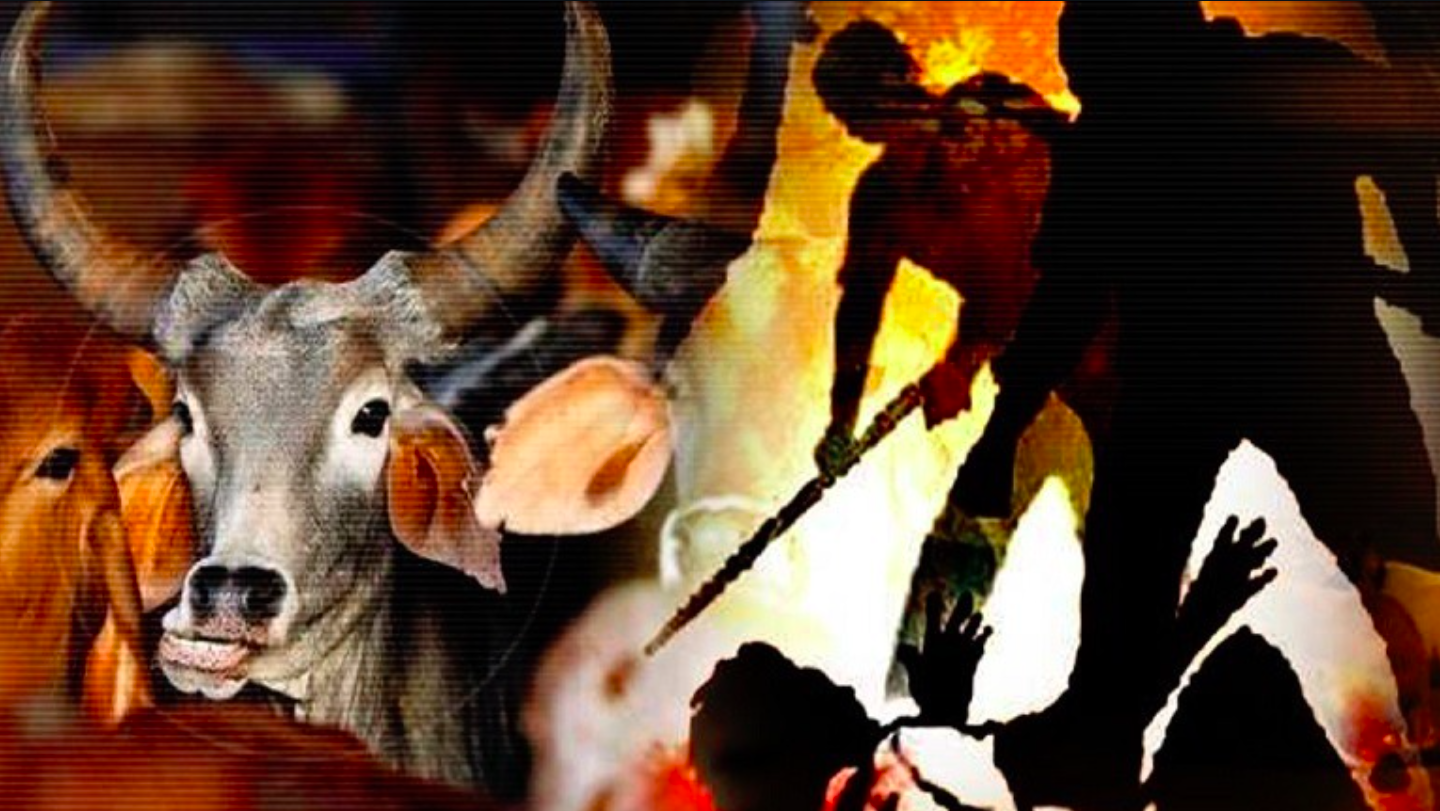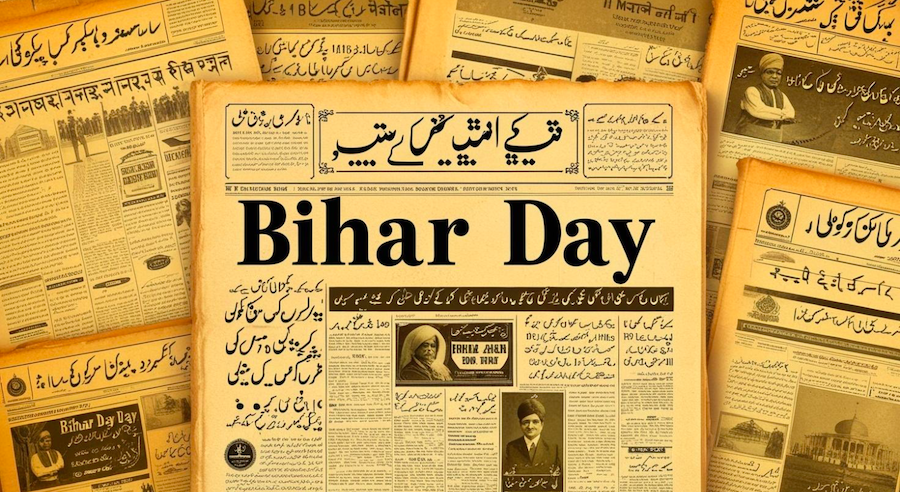Falak case has brought to the fore the situation of child trafficking in the country. Administration’s lackadaisical attitude has emboldened traffickers.
The Falak case has brought to the fore the situation of child trafficking in the country. In Delhi’s Kashmere Gate in old Delhi, there is a home for girl children. The condition of the home itself speaks volumes of the plight of its inmates. Like the Kilkari Rainbow Home for Girls, the national capital is home to 100 such child shelters with thousands of children. A closer look revealed that their stories are almost never heard, and two-year-old Falak who was separated from her mother, battered and is still battling for life at AIIMS was only one such abandoned child.
In the muddy courtyard of the Kilkari home, six-year-old Anisha is the youngest resident. She rubs the slate board clean every time she draws something on it. She is trying to recollect faint memories of the day when she was found by police at the crowded Nizamuddin Railway Station here a few months ago.
“Mummy ne mausi ke ghar bheja tha…Yaad nahi uske baad kahan gayi…My mother had left me at aunt’s home…don’t remember what happened after that),” Anisha said.
The zonal integrated police network of Delhi Police lists over 4,000 children missing in the capital.
“It is a vicious circle as metropolitans pull families from smaller towns in search of employment and work. Rights are violated when children from such families are lured for work,” said Shanta Sinha, chairperson of the National Commission for Protection of Child Rights (NCPCR), headquartered in Delhi.
The implementation of child protection laws is not happening the way it should. Other than stronger implementation, we need regulation and monitoring,” said Sinha, adding that there were over 50,000 children in need of a shelter home in the capital alone.
Battered baby Falak has been reunited with her mother along with two siblings, but doctors fear it may be too late for the child.
She was earlier abandoned at AIIMS by a 14-year-old girl, who had allegedly been pushed into prostitution by a man. She is at the centre of a case that blew the lid off trafficking and exploitation rackets in a country where 11 children go missing every hour.
According to Childline India Foundation, a non-profit organisation that runs a 24-hour helpline (1098) to assist children in need of care and protection, nearly 500 cases that require intervention are received by it every month in the capital.
“We have nearly 500 intervention cases coming to us on a monthly basis. This means dealing with missing children, victims of child labour, children who have been maimed and pushed into beggary,” said Komal Ganotra, specialist of training and advocacy at the Childline India foundation.
If an abandoned child is found by police, he or she is handed over to the child welfare committee (CWC) to inquire about his or her whereabouts. If it is not possible to relocate a child, he or she is shifted to a shelter home.
What goes unnoticed, other than cases of abandonment and abuse, is the alleged mafia involvement in organised crime against children.
“It is different to have an agency for a certain task. But the pattern on crime against women and children needs to be tracked as there is an organised mafia that pulls them from states like Bihar, Jharkhand and Uttar Pradesh for exploitation,” said Ganotra.
A study by the National Human Rights Commission (NHRC) – ‘Action Research on Trafficking in Women and Children’ in 2003 – found a grave link between trafficking and missing children. On an average, of the 22,480 women and 44,476 children reported missing in the country every year, over 5,000 women and nearly 11,000 children remain untraced.
Even if a child gets traced, there was a huge gap between institutional care and alternative family support that was to be given, said Bharati Sharma, former chief of the CWC.
“The child may be at a shelter home for any reason, but the alternative family care at our institutions is lacking. Understanding of children is very important,” said Sharma.
“There has to be better coordination among partner organisations working on child rights like police, CWC, NGOs and government-run institutions and a separate tracking mechanism for trafficking,” Sharma added.
Anisha awaits the day when she will finally be able to complete the picture on her slate board, and say where she came from.
“Didi (the caretaker) tells me, my parents will find me…But now I like this home,” she said, shying away, with her eyes fixed on a rusted iron gate which reads – ‘Welcome to the Kilkari Rainbow Home for Girls’. (Courtesy: Sopan)










